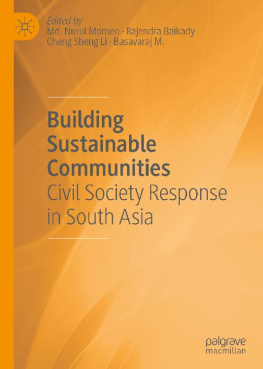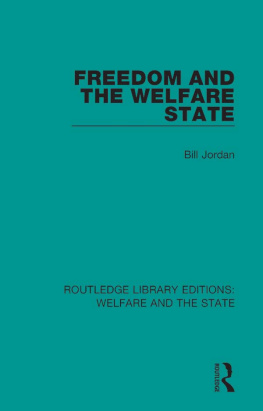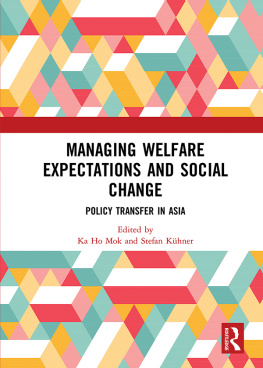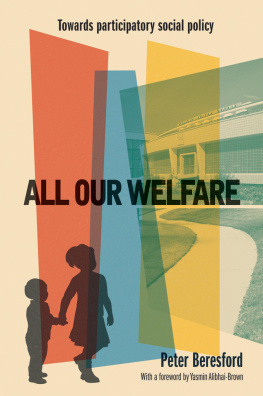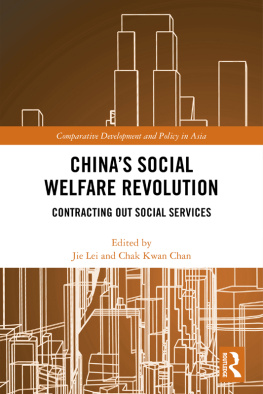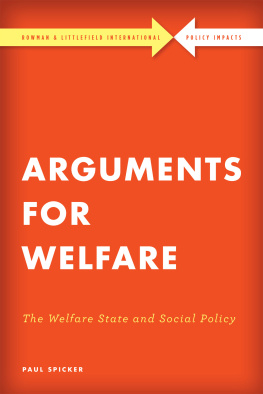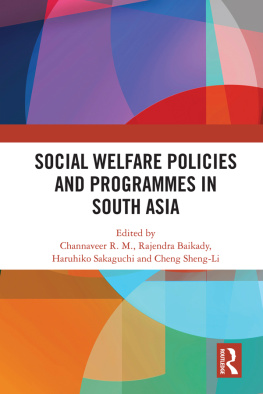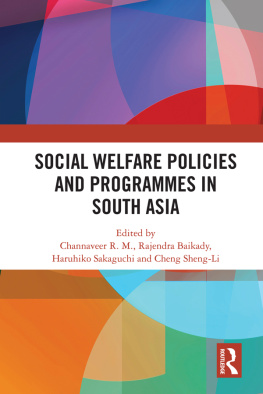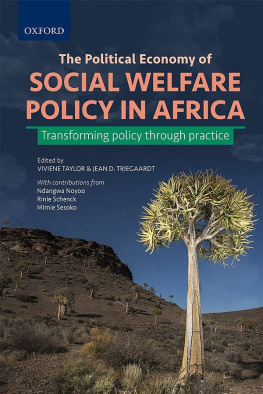The Task of Building Sustainable Communities
There have been repeated warnings through the media, as a follow-up of the intensive research which has been carried out across the world, to change the way we live and to look for sustainable options. The Himalayan glaciers are melting twice as fast as they were at the start of the twenty-first century (HT 21.06.2019). This is threatening water supply for more than 800 million people, mostly in South Asia. The glaciers are already one-fourth smaller than what they were 40 years ago. This could lead to both floods and droughts. What South Asia will earn in development, it will lose in disasters. Progress, development and livelihood in the coming century would largely depend upon the way nations reduce, reuse and recycle the earths resources. This is a responsibility which the state may not be able to handle alone and therefore the rationale that a civil society should become a partner to the state rather than simply a beneficiary, recipient and a passive spectator. However, the problem is much beyond defining a partnership role for a civil society. Due to the rise of marketization, globalization and the increasing influence of dominant groups in representative democracy, communities have been losing their traditional, cultural and geographical bonding. To reclaim community bonding, civil society has to rise and respond to its challenges .
A multi-pronged effort is required to build Sustainable Communities and this suggests that the task is too convoluted to be left to the government alone. This book uncovers various micro- and macro-level efforts and instances in which the civil society responded to this challenge and became partners in such a mission. In conventional public administration literature, communities are by themselves considered sustainable and on that logic much effort has been expended in public policy to conserve this surviving community system or to plan programmes within the context of community systems. However, this book refers to case studies relating to how unsustainable communities have been able to explore solutions and strategies to build a sustainable community. Since the critical feature of sustainability embedded within a community seems threatened or lost, the remedies and anthropological narratives suggested in this book would present a meaningful text.
Considering their common vulnerabilities that stem from underdevelopment and environmental challenges, there is greater expectation from South Asian civil societies to join efforts in building sustainable communities in genuine partnerships, since sustainable community is the key to development. It should be restored and reclaimed through civil society efforts. The many authors of this book have brought multi-level case studies to strengthen the belief that civil society efforts can salvage the damage within communities. There is an epistemological question which the book triggers on the nature of civil society vis--vis communities since in many studies, and sometimes during programme implementation, the two metaphors are mistakenly used interchangeably. While communities are mostly inward driven and are ready to bend backwards in search of their autonomy, sustenance and sustainability, a civil society is a compact of many loosely tied interest groups ready to bargain with the state. In short, while communities are embedded in a natural ecological phenomenon for survival and resilience building, civil society can be competitive within as much as outside. Interestingly, the efforts of civil society suggested in the chapters of this book demonstrate that they may catalyse the process and generate sustainability.
This book investigates the role of civil society in its mission towards restoring sustainable communities. Civil society is recognizable within government as the most uncivil (Glasius 2010) segment of an otherwise symmetrically structured and sophisticatedly regulated state. It is perceived to be informal, unorganized, noisy and mostly impulsive. It is seen to value instinctive responses and provoke rebellious passions which may sometimes cross over to the category of anti-state militants or insurgents (Karriem and Benjamin 2016). Rumford (2001) prefers to define an uncivil society as a catch-all term for a wide range of disruptive, unwelcome and threatening elements deemed to have emerged in the spaces between the individual and the state. On the contrary, civil societies obstinately remain fastened to the state carrying an infallible belief that it plays a major role in the retention of democracy, rights of the vulnerable and the constitutional spirit of inclusive governance. This civil society is believed to be an intangible life-force of a Western state, while communities represent a more natural phenomenon for South Asian societies, which have a long history of their land habitations. Whatever a thin line of distinction between the two, a civil society is an enigma, but always hopeful of its might to achieve an Arcadian bliss when it would bloom!

